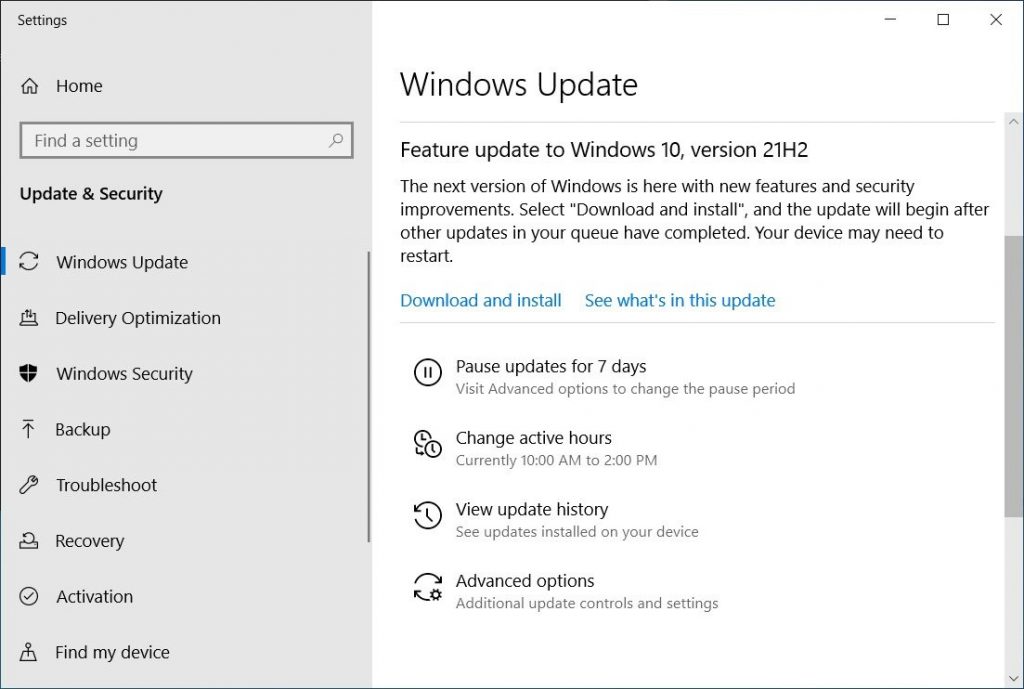
Please note there are a couple of things to consider when installing feature updates using the standard non-cached mode BatchPatch update method.įirst, as mentioned above, the target computer needs to have the desired feature update showing as one of the available updates for the computer. Feature Update Deployment Considerations – Update deferral policies, and when an update is only available for “seekers”

As long as you are operating in standard, non-cached mode, feature updates will install (assuming, of course, that you currently have a feature update showing in the list of available updates for a given computer). If you see the desired feature update in that list of available updates for a given target computer or group of computers, then all you need to do to download/install the update on those computers is modify the classification filtering in ‘ Tools > Settings > Windows Update‘ so that the ‘ Include “Upgrades”‘ box is ticked.Īfter the ‘Upgrades’ classification is selected you can simply use ‘ Actions > Download available updates‘ with ‘ Actions > Install downloaded updates‘ or you can just use ‘ Actions > Download and install updates‘. However, Microsoft continues to make a lot of changes to how feature updates are handled, so there are some cases where you might have to perform the deployment using the alternate method that’s explained further down in this tutorial.įor the standard deployment method, the first requirement is that the feature update that you desire to install must be offered to the computer and show as an available update when you select ‘ Actions > Windows updates > Check for available updates‘ in BatchPatch. Unless you are using a version of BatchPatch that was released prior to April 2020, you can usually deploy/install feature updates like 21H2 with the normal Windows Update actions in BatchPatch under ‘ Actions > Windows updates‘.

Standard Deployment Method for Windows Feature Update 21H2 (and other feature updates/upgrades such as 22H2 etc) in BatchPatch


 0 kommentar(er)
0 kommentar(er)
